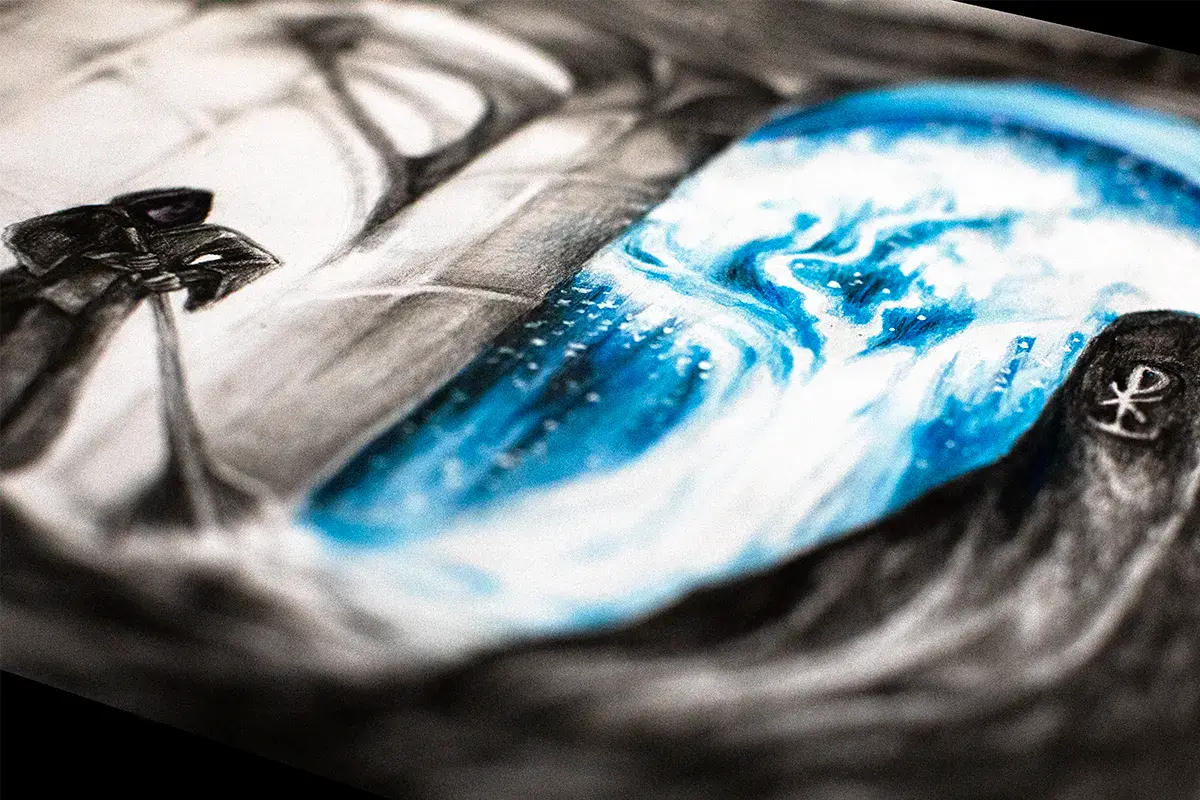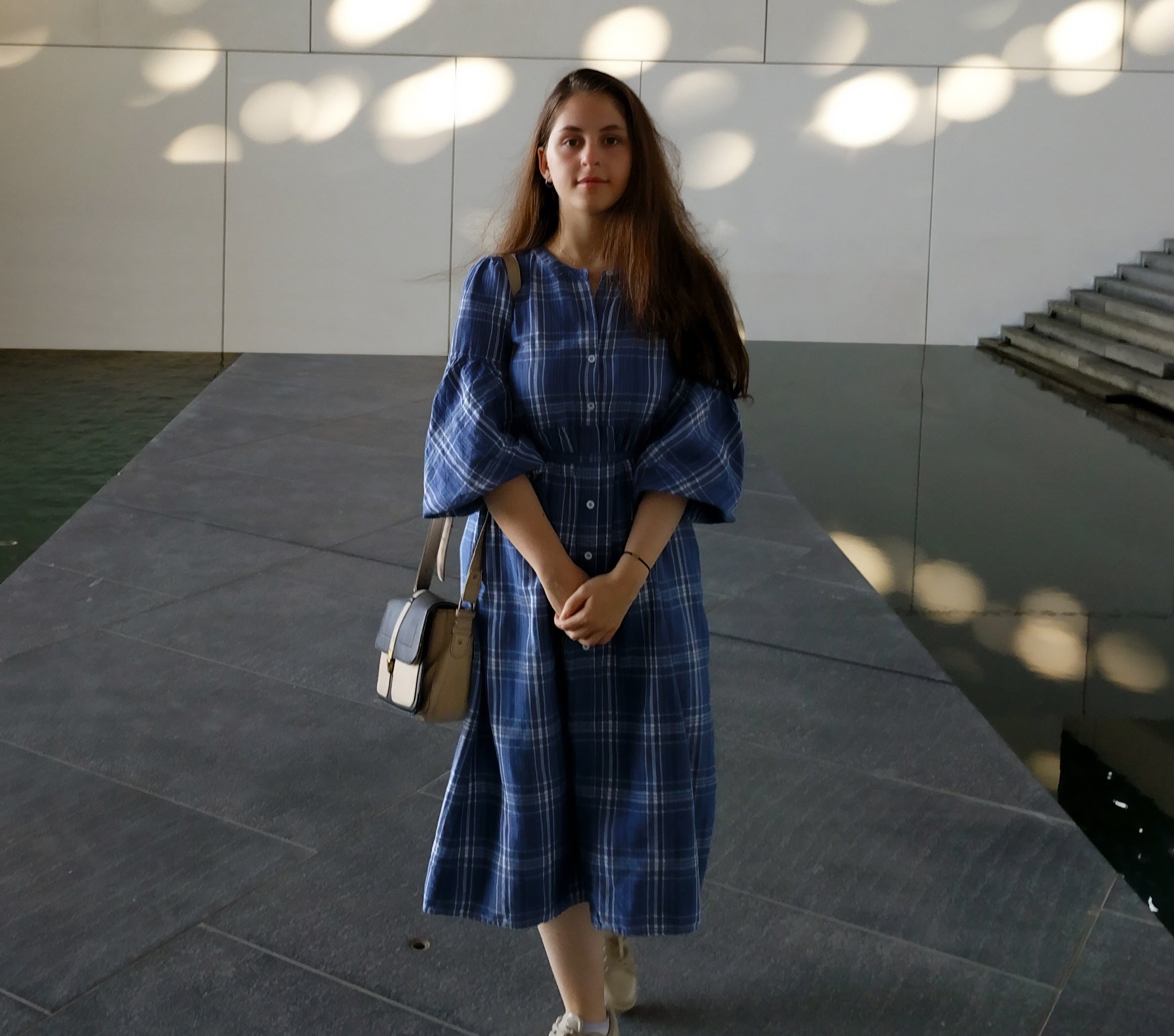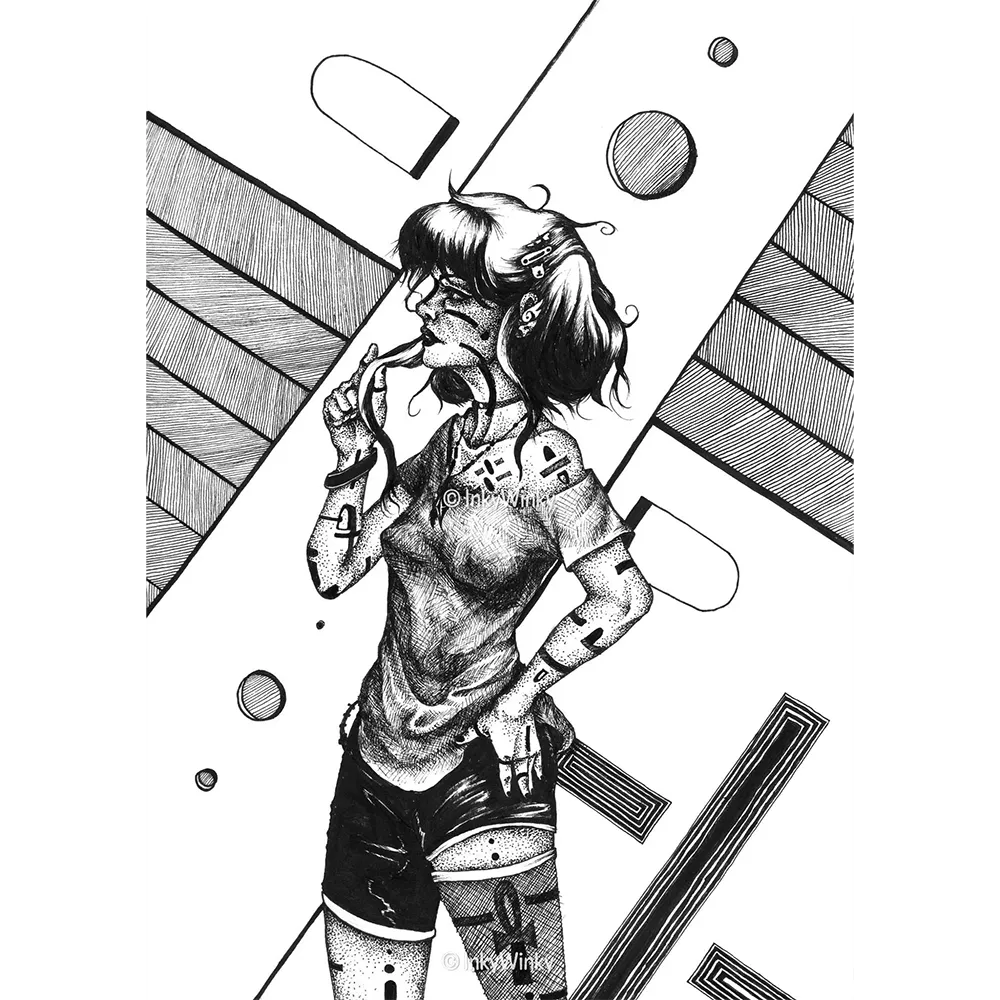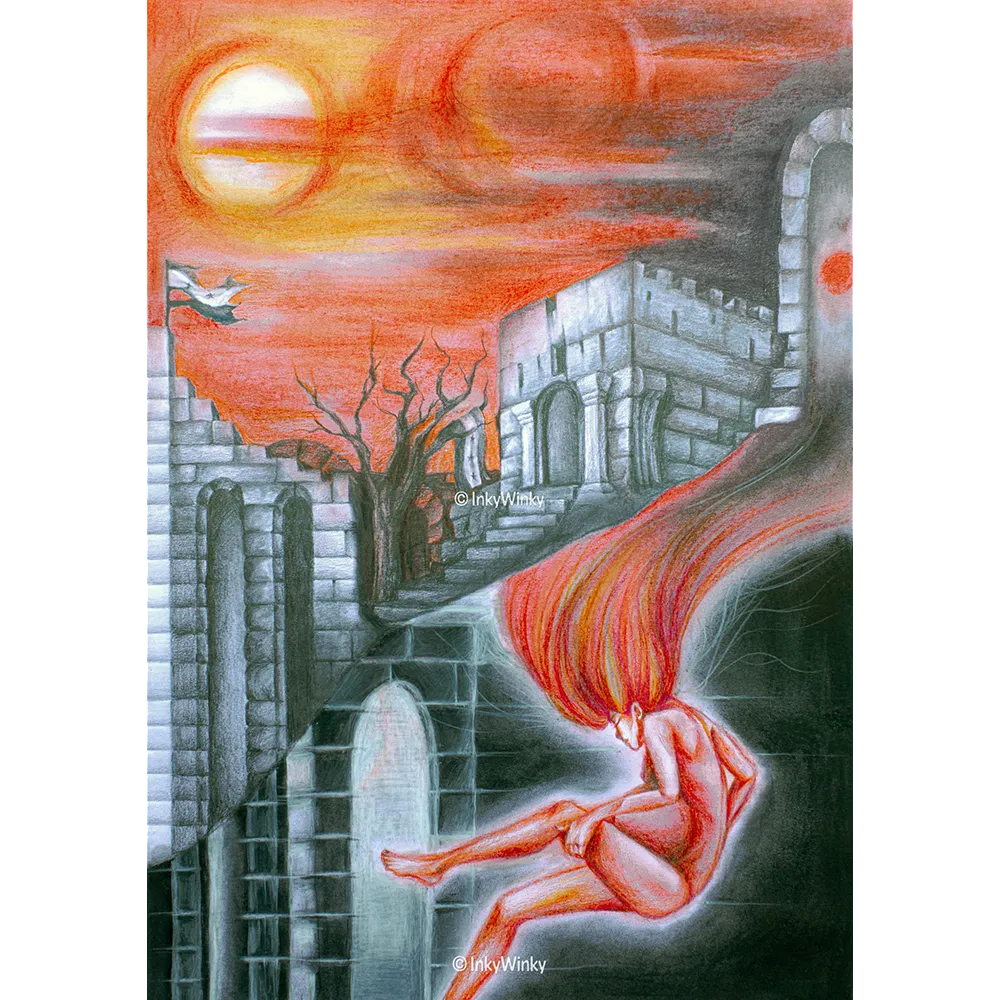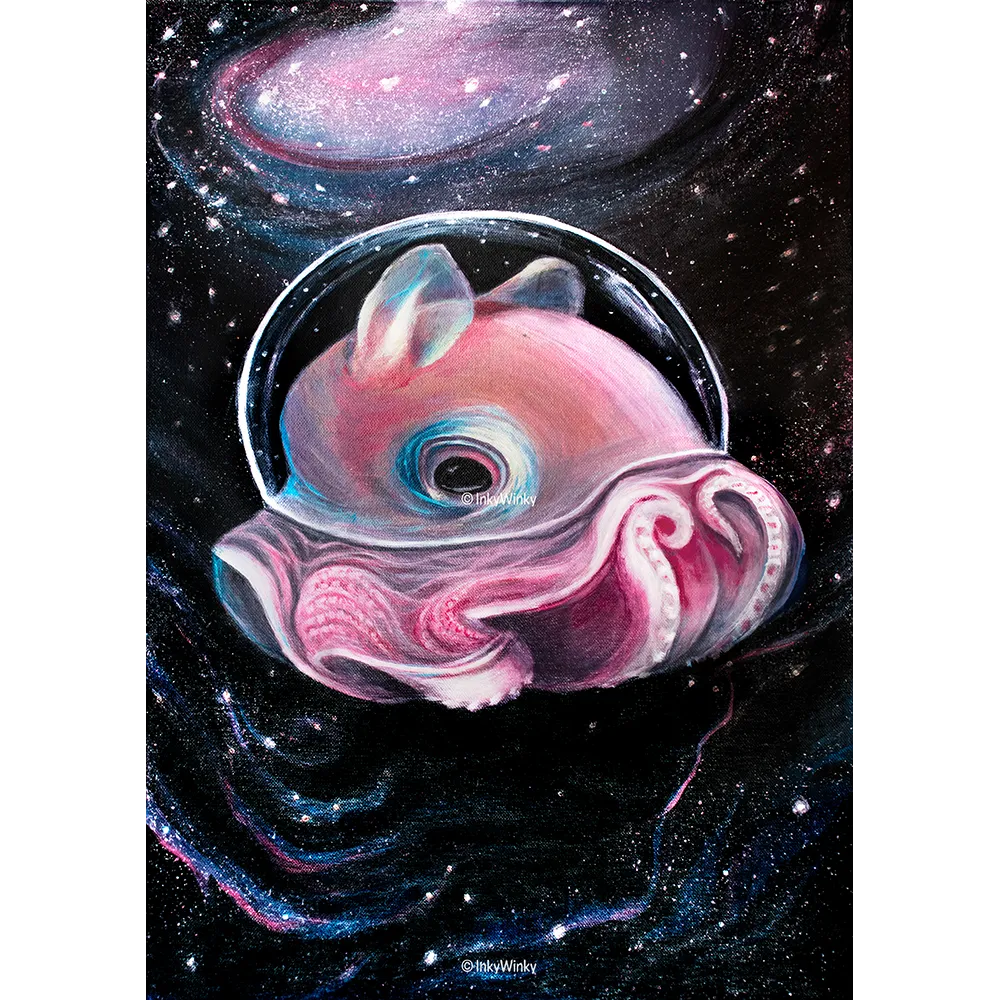What is Pencil Art?
Pencil art is a versatile and timeless form of visual expression that relies on the use of pencils as the primary medium. Artists create intricate and detailed drawings by manipulating graphite or charcoal pencils on various types of paper. Unlike other art forms, pencil art often emphasizes precision, shading, and fine details, allowing artists to convey depth and texture in their compositions. This medium has been a fundamental part of the art world for centuries, showcasing the skill and creativity of artists across different genres.
What Makes Pencil Art Special?
The uniqueness of pencil art lies in its simplicity and the ability to convey powerful emotions through monochrome shades. Here are some aspects that make pencil art special:
Timeless Elegance: Pencil drawings possess a classic and timeless quality that transcends trends. The simplicity of black and white allows for a focus on the purity of form, enabling artists to create pieces that resonate across generations.
Precision and Detail: Pencil artists often demonstrate incredible precision and attention to detail. The fine lines and shading techniques employed in pencil art allow artists to capture subtle nuances, textures, and intricacies that might be challenging with other mediums.
Emotional Impact: The monochromatic nature of pencil art can intensify emotional impact. Artists use contrasts in light and shadow to evoke powerful feelings, creating a strong connection between the viewer and the artwork.
Accessibility: Pencil art is accessible to artists of all levels, making it an ideal medium for both beginners and seasoned professionals. Pencils are widely available, and the medium allows for experimentation with various styles and techniques.
What Kind of Techniques are Used When Making Pencil Art?
Creating pencil art involves a range of techniques that artists employ to achieve different effects. Here are some common techniques used in pencil art:
Hatching and Cross-Hatching: Hatching involves creating parallel lines to add shading, while cross-hatching involves intersecting lines. These techniques are fundamental for building up tones and textures in pencil drawings.
Stippling: Stippling involves creating a pattern of dots to build up tones and textures. This technique can be time-consuming but allows for precise control over shading and the creation of intricate details.
Blending: Artists often use blending tools, such as blending stumps or tortillons, to smooth out pencil strokes and create seamless transitions between light and dark areas. This technique adds a polished and realistic quality to the artwork.
Erasing and Lifting: Pencil artists strategically use erasers to "lift" or lighten areas of the drawing. This technique is essential for creating highlights and enhancing the three-dimensional quality of the artwork.
Grisaille: Grisaille is a technique where the entire drawing is done in shades of gray, mimicking the appearance of a grayscale painting. This technique is particularly effective in creating a classical and dramatic aesthetic in pencil art.
By mastering these techniques, pencil artists can bring their visions to life, creating visually stunning and emotionally resonant works of art.
